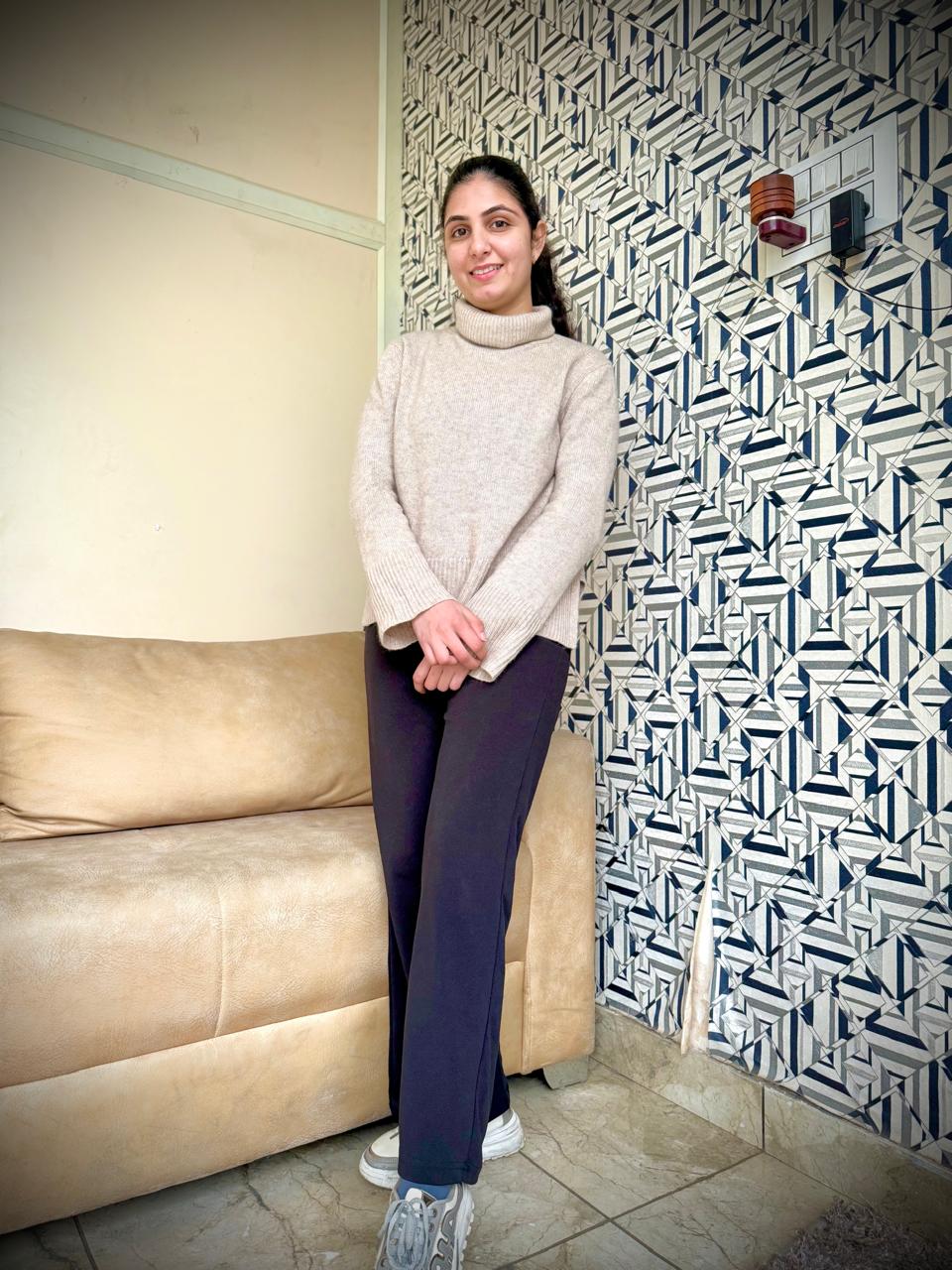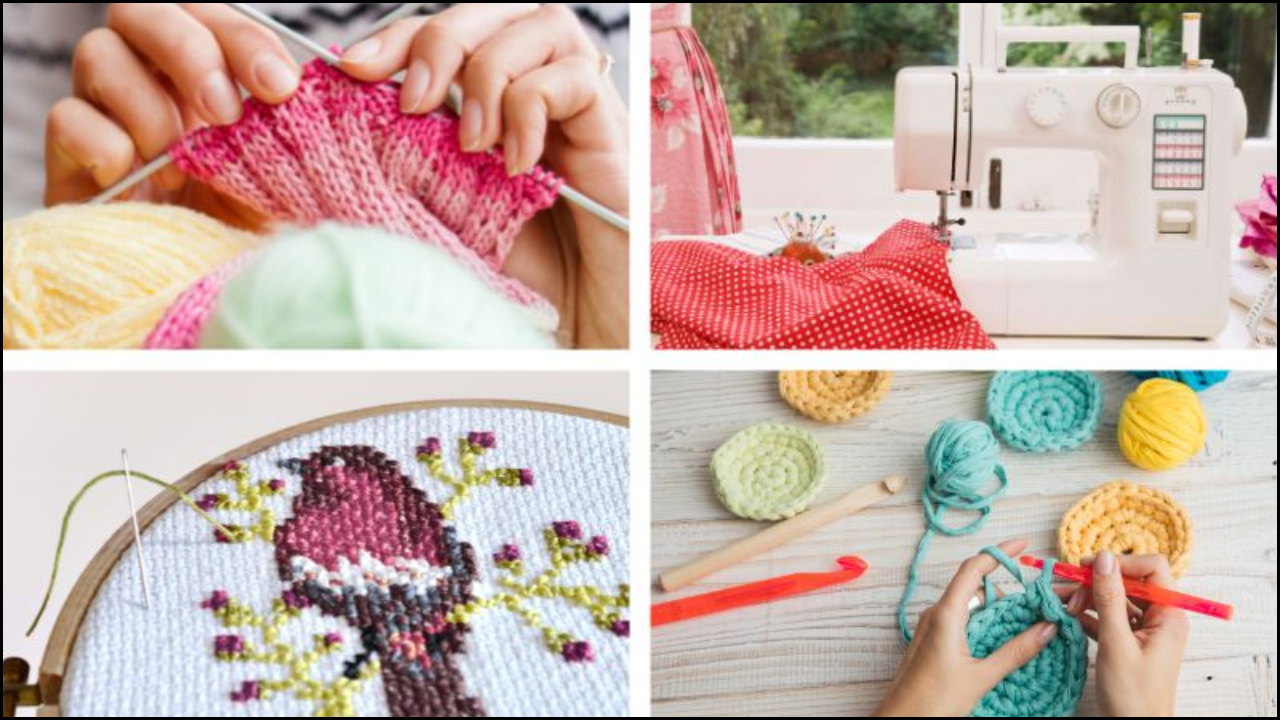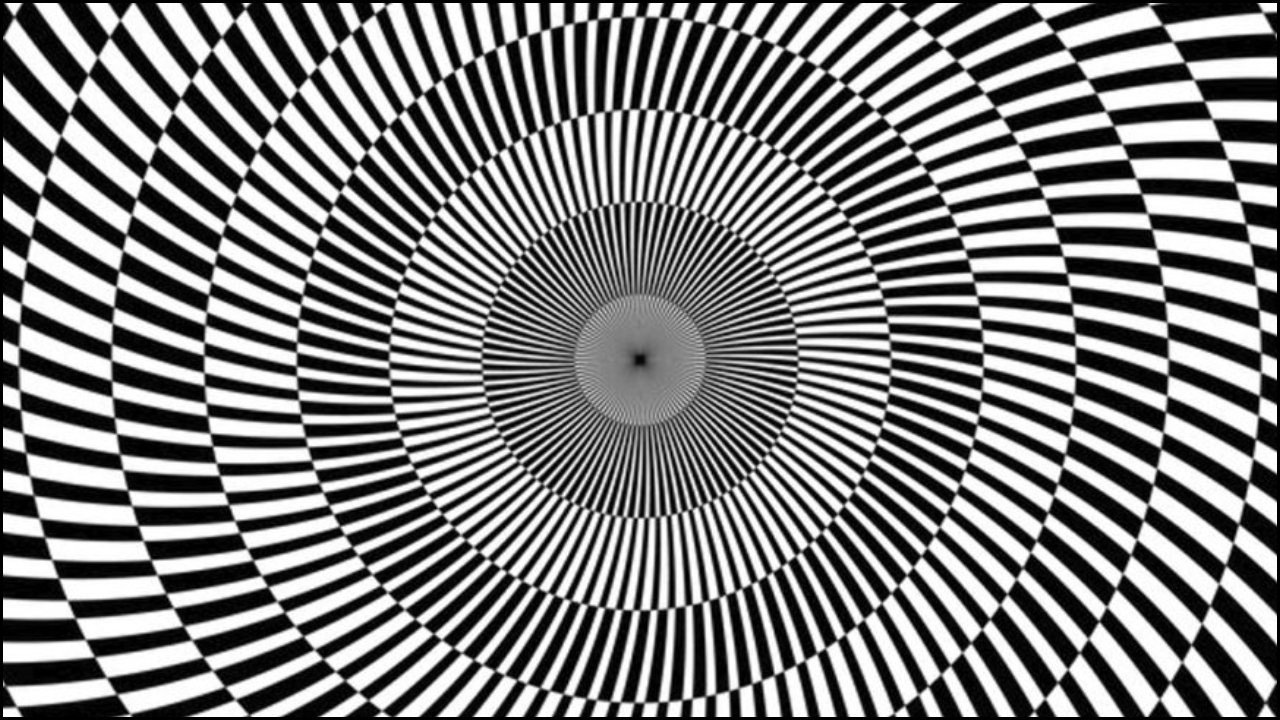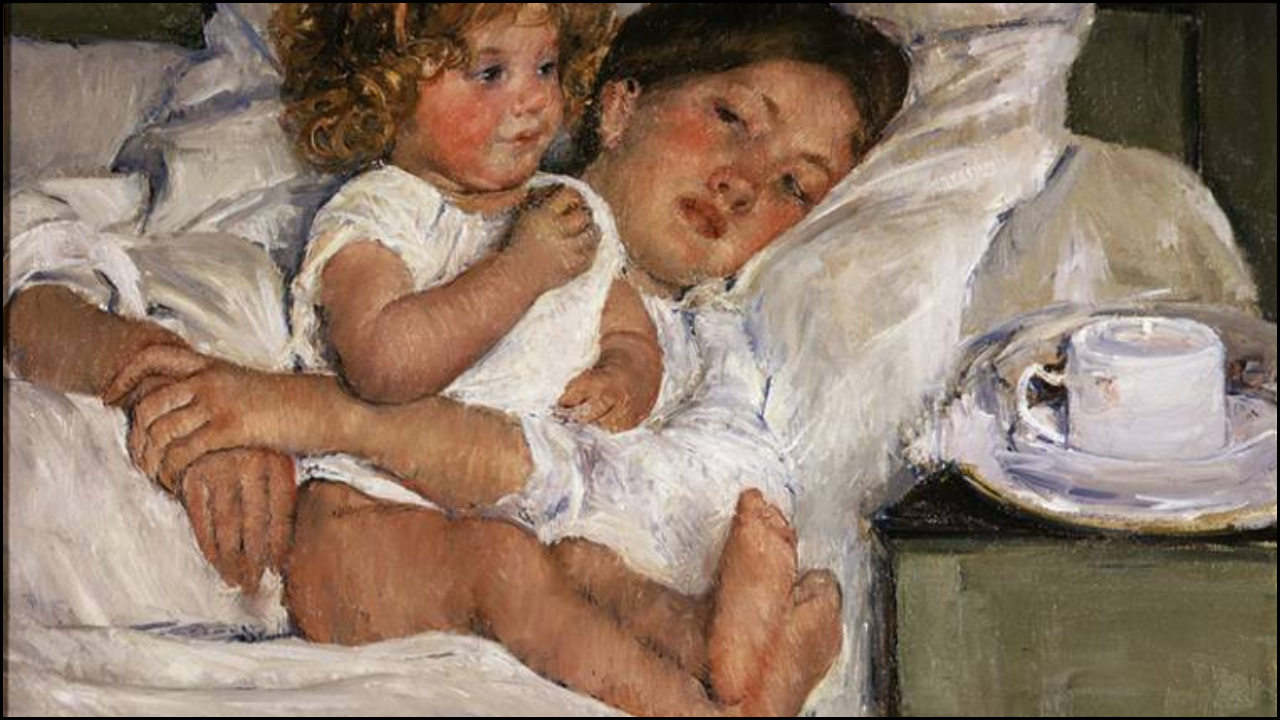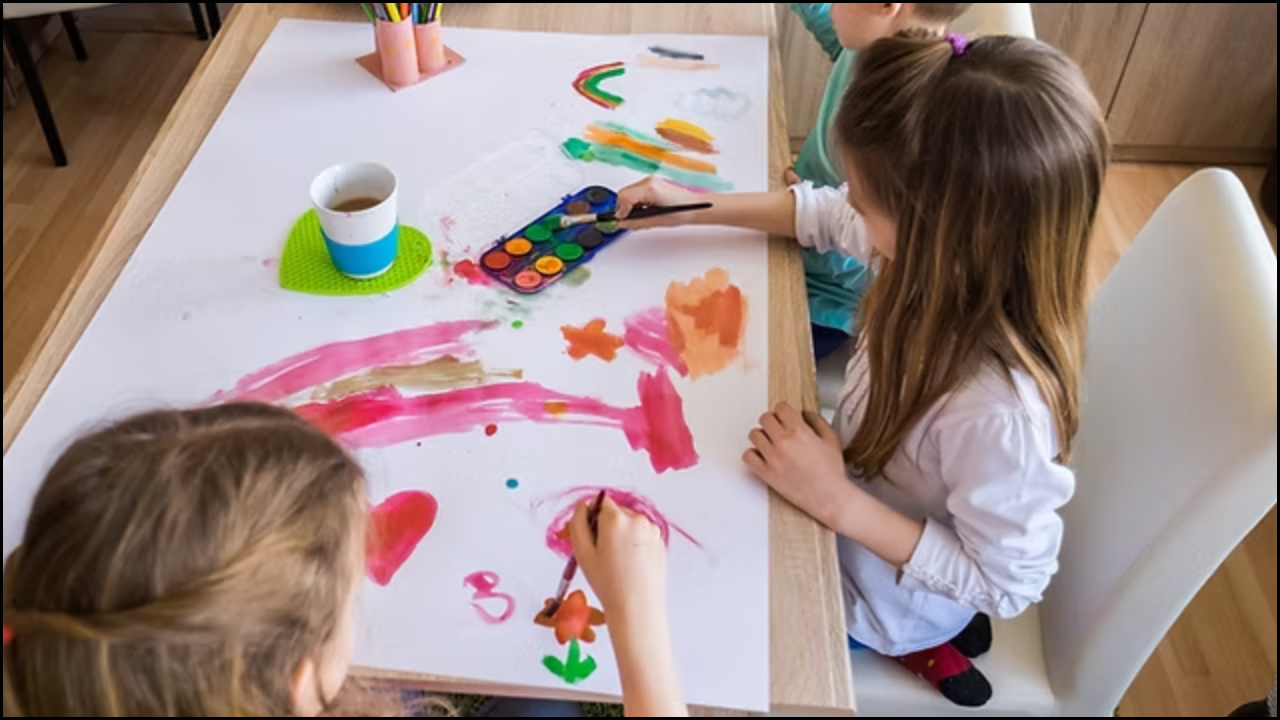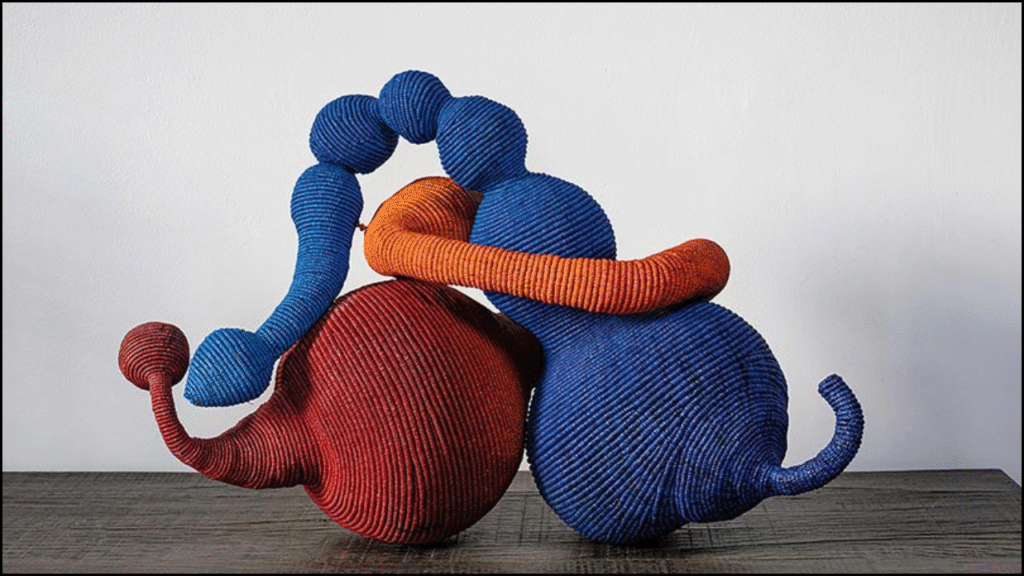
Fiber sculpture represents one of the most fascinating intersections between traditional craft and contemporary art. Artists use fibers such as wool, silk, cotton, hemp, and synthetic threads to create three-dimensional works that go beyond functional textiles. The medium allows creators to explore cultural narratives, abstract forms, and personal stories while experimenting with innovative methods of construction. Fiber sculpture continues to evolve, blending old techniques with new inspirations, and offers a platform where heritage, creativity, and imagination coexist.
Table of Contents
Understanding Fiber Sculpture
- Fiber sculpture is the art of shaping fibers into forms that exist in three-dimensional space.
- Materials range from natural plant-based fibers to modern synthetic yarns.
- Works may be freestanding, wall-mounted, or even large-scale installations.
- Sculptors often borrow from weaving, knotting, and felting traditions while introducing new design strategies.
- The practice emphasizes texture, form, and structure more than function.
Historical Background of Fiber Sculpture
- Early civilizations employed fiber in nets, ropes, and ceremonial objects.
- Textile traditions of Asia, Africa, and the Americas laid the foundations for fiber-based creative expression.
- The 20th century saw fiber art evolve from craft into recognized fine art.
- Movements in the 1960s and 70s encouraged artists to experiment with fibers as sculptural media.
- Fiber sculpture became a way to challenge artistic boundaries and gendered views of craft.
Key Techniques in Fiber Sculpture
Fiber sculpture relies on diverse methods. Each technique brings its own texture, strength, and expressive potential.
- Weaving – Interlacing threads on or off a loom to form structural shapes.
- Macramé – Creating sculptural designs using knots.
- Felting – Compressing wool fibers with moisture and agitation to create dense forms.
- Crochet and Knitting – Looping yarn into free-standing, pliable sculptural objects.
- Basketry – Using coiling, plaiting, and twining to shape vessels and abstract structures.
- Wrapping and Binding – Enveloping forms with fibers for layered textures.
- Mixed-Media Incorporation – Combining fibers with wood, metal, or found objects.
Fiber Sculpture Techniques and Their Characteristics
| Technique | Description | Common Uses in Sculpture |
|---|---|---|
| Weaving | Interlacing warp and weft threads | Wall hangings, 3D panels, architectural pieces |
| Macramé | Knot-based construction | Decorative installations, suspended forms |
| Felting | Bonding wool fibers under heat and friction | Masks, soft forms, dense abstract shapes |
| Crochet/Knitting | Yarn manipulation through loops | Free-form structures, wearable art |
| Basketry | Coiling or plaiting plant fibers | Vessels, organic abstract figures |
| Wrapping | Covering or binding objects with fiber | Layered surfaces, hybrid sculptures |
| Mixed Media | Integration of fibers with other materials | Installations, conceptual art pieces |
Inspirations Behind Fiber Sculpture
- Nature inspires organic shapes, textures, and color schemes.
- Cultural heritage influences the use of traditional weaving and knotting practices.
- Architecture inspires geometric, structural works.
- Personal identity encourages artists to tell stories of belonging, gender, and memory.
- Environmental concerns push creators to use recycled or sustainable fibers.
- Modern design merges fashion, furniture, and sculptural expression.
Sources of Inspiration in Fiber Sculpture
| Source of Inspiration | Influence on Fiber Sculpture |
|---|---|
| Nature | Organic curves, flowing textures, earth-inspired colors |
| Cultural Heritage | Traditional weaving, indigenous knotting techniques |
| Architecture | Structural patterns, geometric frameworks |
| Identity and Memory | Personal stories expressed in symbolic fiber forms |
| Environment | Recycled fibers, eco-conscious installations |
| Modern Design | Fusion with fashion, furniture, and digital aesthetics |
Materials Used in Fiber Sculpture
- Natural fibers include cotton, jute, hemp, silk, and wool.
- Synthetic fibers such as nylon, polyester, and acrylic.
- Plant-based fibers from bamboo, flax, or palm leaves.
- Industrial materials like metal wires and plastic cords are integrated with fibers.
- Sustainable materials, including upcycled fabrics and biodegradable yarns.
Materials in Fiber Sculpture and Their Qualities
| Material | Qualities | Artistic Applications |
|---|---|---|
| Cotton | Soft, versatile, absorbent | Weaving, knotting, wrapping |
| Wool | Elastic, warm, felt easily | Felting, knitting, and texture-heavy works |
| Silk | Smooth, lustrous, strong | Fine weaving, delicate forms |
| Jute/Hemp | Rough, durable, eco-friendly | Basketry, large installations |
| Synthetic fibers | Strong, flexible, colorful | Modern sculptural designs |
| Recycled fibers | Eco-conscious, varied textures | Sustainable art projects |
Contemporary Trends in Fiber Sculpture
- Large-scale installations in galleries and public spaces.
- Integration of technology such as light, sensors, or interactive elements.
- Use of sustainable and recycled fibers to raise ecological awareness.
- Cross-disciplinary works linking fiber sculpture with fashion and performance art.
- Conceptual approaches that highlight social and political messages.
- Revival of macramé and weaving in modern interiors.
Notable Fiber Sculpture Artists
- Sheila Hicks – Known for monumental installations and colorful fiber explorations.
- Lenore Tawney – A pioneer who elevated weaving to fine art status.
- Magdalena Abakanowicz – Famous for large, organic fiber environments.
- Ruth Asawa – Recognized for intricate wire looped sculptures.
- Nick Cave – Creator of “Soundsuits,” wearable fiber-based sculptures.
- Toshiko Horiuchi MacAdam – Known for large, crocheted playground installations.
Influential Fiber Sculptors and Contributions
| Artist | Contribution to Fiber Sculpture |
|---|---|
| Sheila Hicks | Large-scale woven and knotted installations |
| Lenore Tawney | Innovative woven sculptural forms |
| Magdalena Abakanowicz | Monumental fiber environments |
| Ruth Asawa | Wire looped organic sculptures |
| Nick Cave | Performative wearable “Soundsuits” |
| Toshiko Horiuchi MacAdam | Interactive crochet playgrounds |
Challenges in Fiber Sculpture
- Durability issues with natural fibers exposed to light and humidity.
- Time-intensive processes that require patience and skill.
- Limited recognition in comparison to traditional fine arts.
- Preservation challenges for large-scale fiber installations.
- Difficulty in sourcing sustainable yet durable materials.
Educational and Cultural Significance
- Fiber sculpture bridges craft traditions and modern art education.
- Museums and galleries increasingly host fiber-based exhibitions.
- Workshops and residencies encourage experimentation with fibers.
- Community projects use fiber art to bring people together.
- Fiber sculpture preserves indigenous craft knowledge while fostering innovation.
Summing Up
Fiber sculpture stands as a remarkable blend of history, technique, and inspiration. Artists use fibers not only as materials but also as carriers of culture, memory, and imagination. The art form encompasses both tradition and modernity, ranging from basketry rooted in indigenous practices to contemporary installations that address social and environmental issues. Fiber sculpture continues to inspire by demonstrating how threads, knots, and weaves can transcend their functional purpose and become timeless expressions of creativity.

